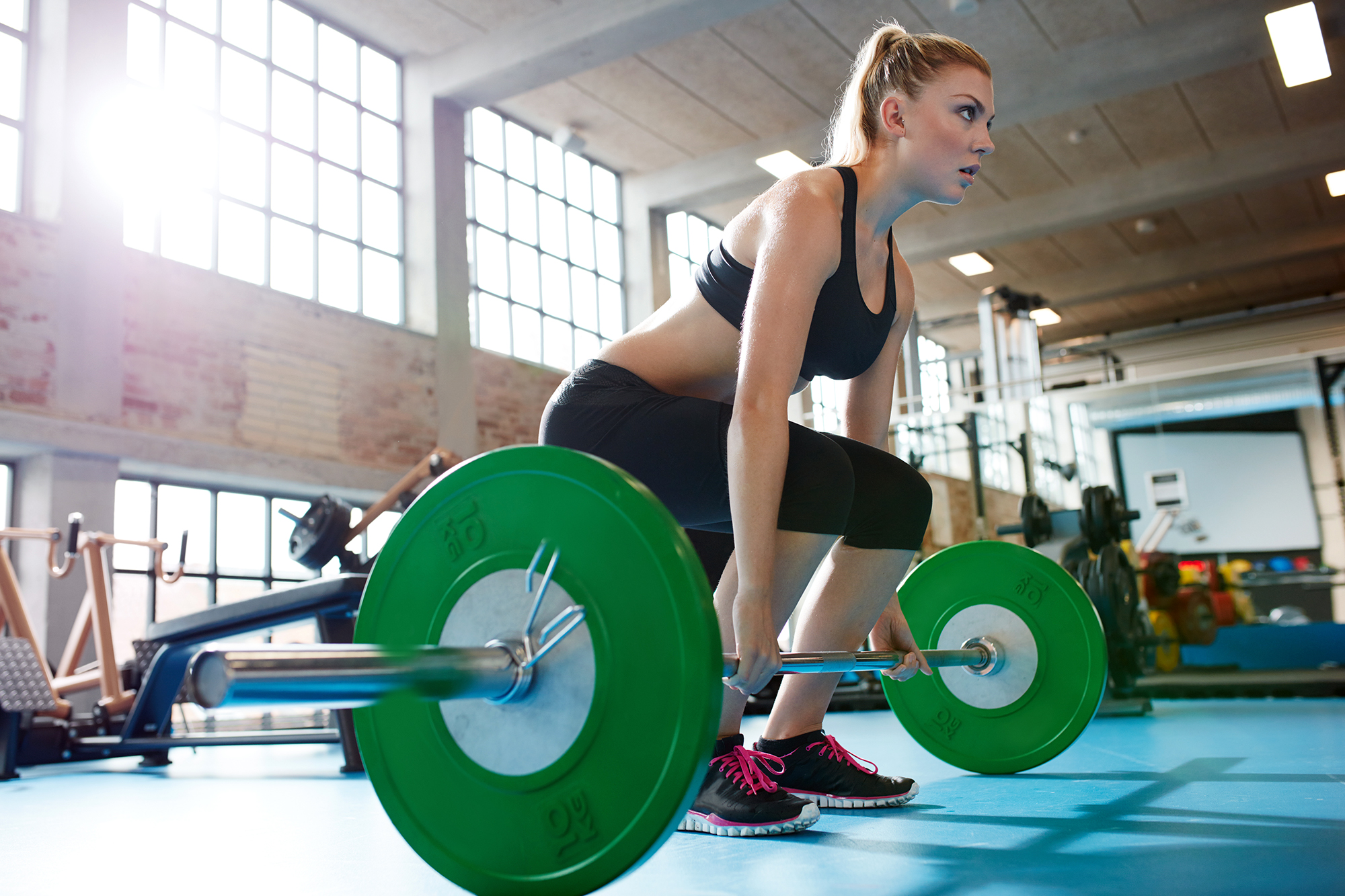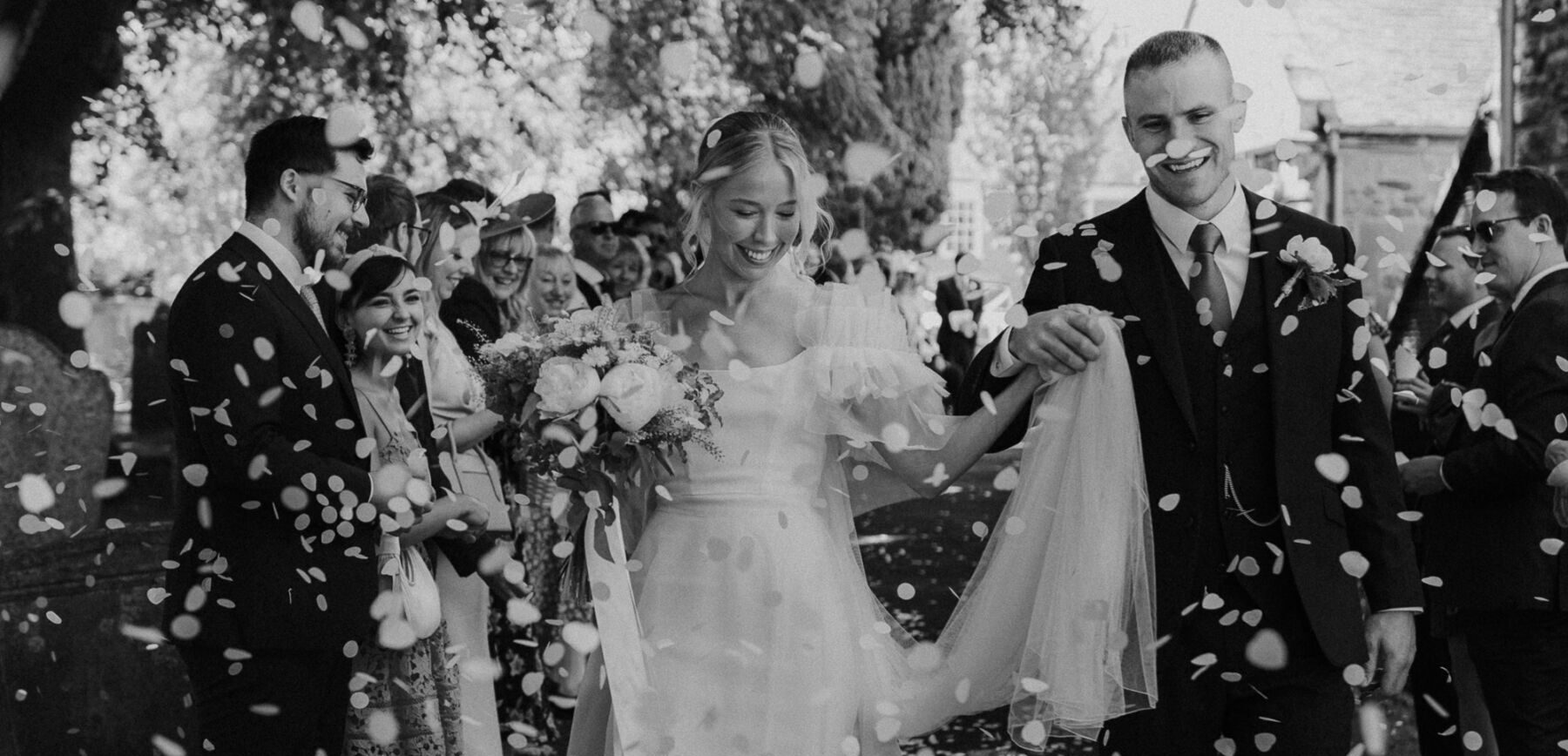Up until the age of 27, I was the biggest PE dodger you could ever hope to meet. My tactic during school rounders games was to get as far away from the action as possible and sit on the grass making daisy chains. During netball matches I was more likely to get hit in the face with the ball than I was to catch it. Attempts at skiing usually resulted in me sitting in the snow crying and I was so uncoordinated that walking through a doorway would often result in bruises. I would have openly described myself as the world’s least athletic and competitive individual and saw myself as freakishly weak. Not, then, someone who you might imagine writing an article about how CrossFit changed their life.
For those of you as yet uninitiated, CrossFit is a fitness regimen based on ‘constantly varied, functional movements performed at high intensity’. In practice, a CrossFit session will involve a range of ‘functional movements’ including gymnastics (such as pull ups and handstands), weightlifting (like squats and deadlifts), running, rowing and bodyweight movements like sit-ups. A typical class will include men and women of all ages and fitness levels, spending an hour being coached on a specific skill or technique, working on some weightlifting or gymnastics, then the Workout of the Day (known as a ‘WOD’). Each WOD incorporates a different combination of movements so that even if you go to a class every day, you will rarely do the same one twice, and they are designed to be performed at high intensity which means that you push yourself as hard as you can. So far, so intimidating!
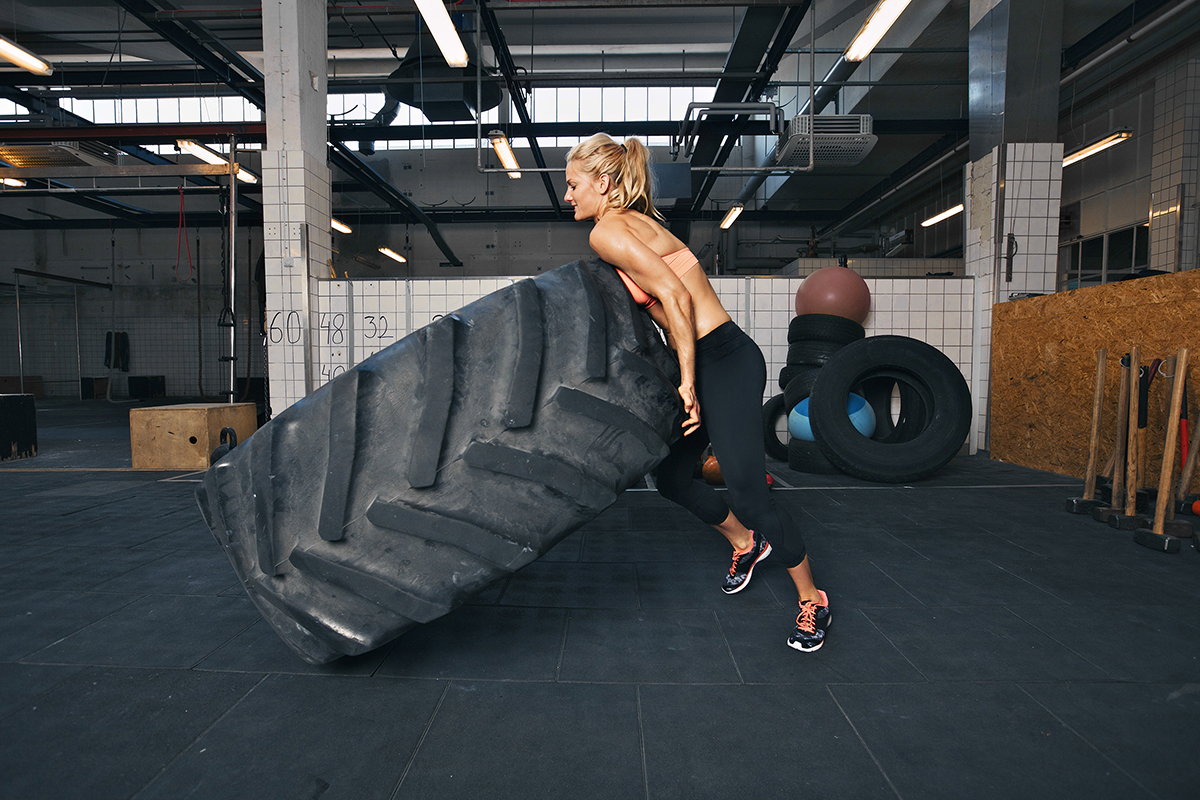
I got into CrossFit when I met my now husband, Adam. I had heard of CrossFit before, but never felt that it was something that someone like me could do, nor would want to. Adam, however, loved it, and when I went to watch him compete in a CrossFit competition, I was completely in awe. In front of me, men and women were flinging impossibly heavy barbells above their heads as if they weighed nothing. They shimmied up and down ropes, flipped huge tires and pushed weighted sleds along the tarmac, before turning upside down and racing each other in handstand walks. Some of these people resembled muscular gods and goddesses and of course they were enjoyable to watch. But even more incredible were the people whose strength appeared to be more mental than physical. Many of the competitors seemed to be lifting that weight or sprinting that last few meters by force of will alone. They were quite clearly using every fibre of their being to push themselves that bit further, and the crowd of spectators were going wild for them, clapping and cheering them on, and as the faster competitors finished their workouts, I watched them gather around those who were still struggling and urge them on.
I was hooked. I knew I wasn’t fit or physically strong. But what I really wanted to know was – was I mentally strong? Was I someone who could keep going even though I felt like I was about to cry, or vomit, or drop down dead, or all three simultaneously? After that competition, I signed up.
Starting out was unsurprisingly a steep learning curve for me. At my first attempt, I could not believe how much a barbell weighed – having never dared to lay a finger on one before, they seemed impossibly heavy and unwieldy. When Adam told me to lift it up and push it above my head I genuinely did not believe that my body would be able to support its weight, until he proved it to me by lifting my hands above my head and placing the bar on top of them. That was the first time that I was surprised by what my body was capable of, but certainly not the last.
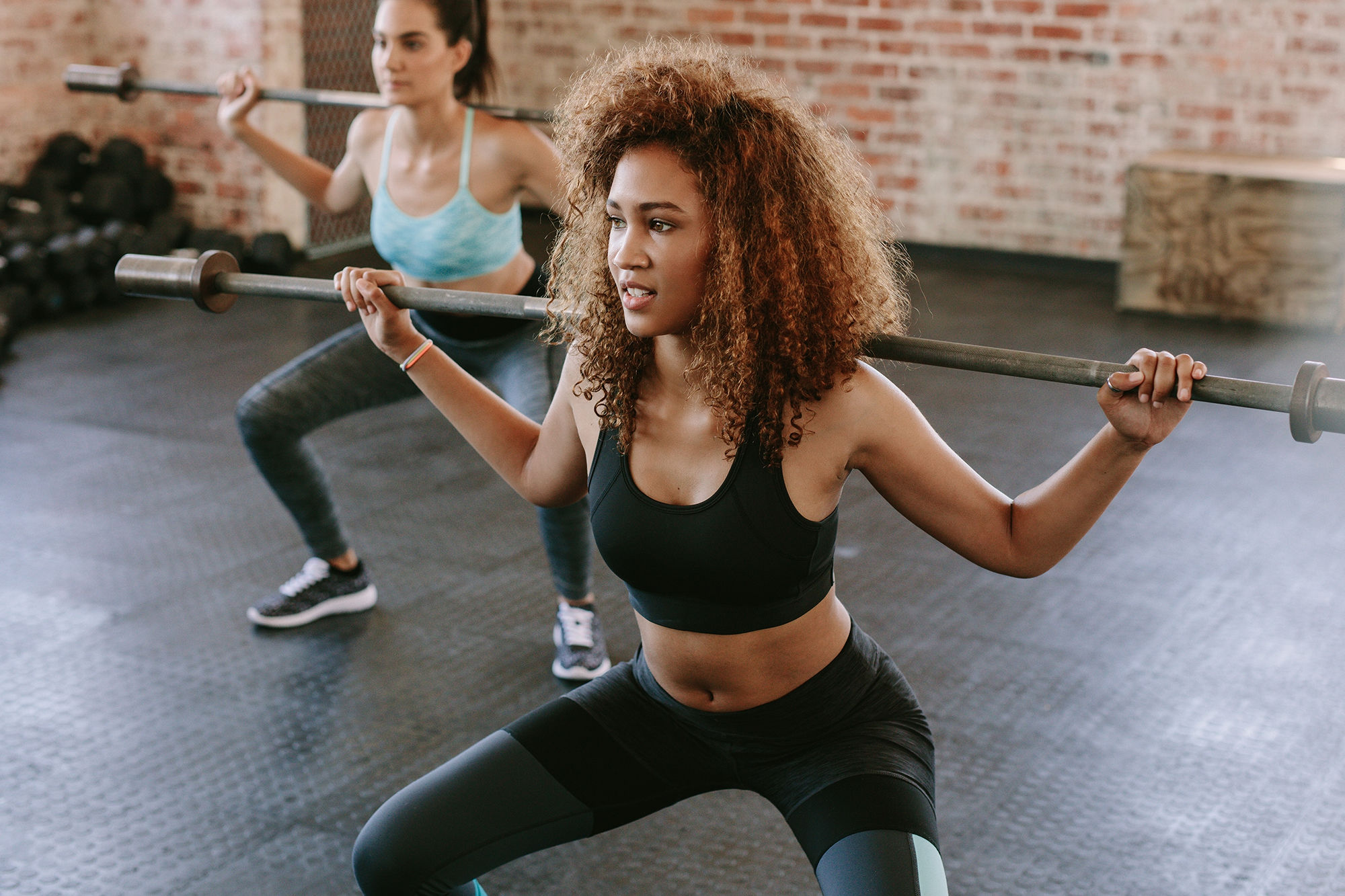
My first few sessions were nerve-wracking. I was scared of failing and anxious about being the ‘worst’ in the class, despite reassurance that all CrossFit workouts can be scaled so that anyone can join in, whatever their level of fitness or strength. Even though I started out using far lower weights than most of the other members, after my first class I was horrified by my first encounter with DOMS – or Delayed Onset Muscle Soreness. Sitting on the toilet, descending stairs and tying shoelaces were nigh on impossible and trying to pick things up from the floor without bending my knees was a particular highlight. But after one or two agonising weeks, my body seemed to accept the bi-weekly onslaught of pain as if it had thought, ‘Oh, this is going to keep happening, is it? Might as well suck it up then’.
The benefits I have experienced have gone far beyond the aesthetic, however. I have discovered that exercise is by far the most important thing that I can do for my mental health.
The DOMS eased. Previously unused muscles sprung into action. I noticed mysterious lumps appearing on my arms, only to realise that these alarming growths were in fact blossoming biceps. My bum became so shapely that I threw out all my tights and pants and went up a size. My thigh gap disappeared and was replaced by muscle that allowed me to squat and deadlift and clean weights that would have terrified me a few months earlier. I developed a fondness for Lycra. For the first time in my life, I looked like someone who you might describe as ‘athletic’.
The benefits I have experienced have gone far beyond the aesthetic, however. I have discovered that exercise is by far the most important thing that I can do for my mental health. As someone who has a tendency towards worrying and over-thinking, spending an hour thinking about nothing but how many squats I have left to do before I’m finally allowed to stop is actually strangely relaxing. In the middle of the workout there is no room in my brain for anything but physical sensation and it’s one of the only times in my day that I can finally take a break from the onslaught of thoughts, questions and worries that swirl around in my head the rest of the time. I once thought that the post-gym endorphin rush I heard about was just a lie made up by sporty types to make the rest of us feel bad for being lazy, but I was surprised to discover that it’s actually real, and a feeling that really is addictive.
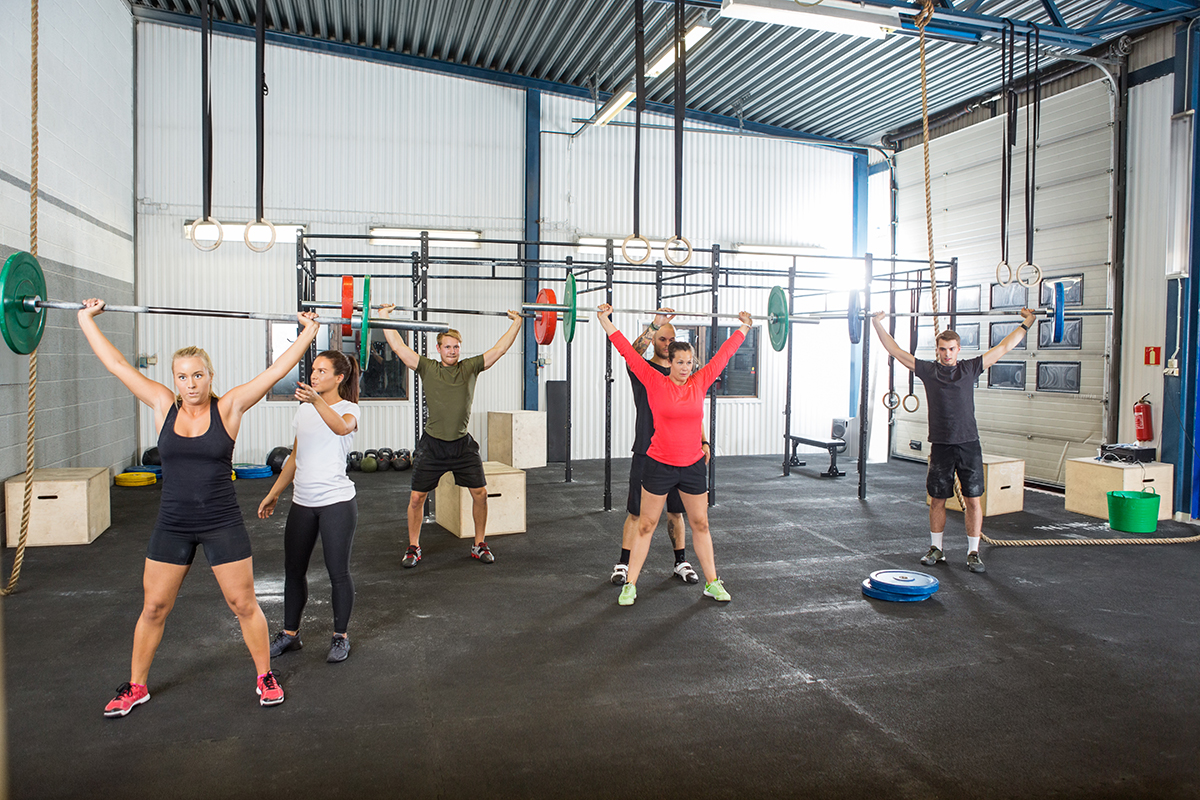
The physical benefits of high intensity training and weight lifting are well documented and one of the most exciting parts of taking up CrossFit has been seeing my strength, fitness and coordination come on in leaps and bounds. Gone are the days when the 15kg barbell was intimidating, and while I’m far from the strongest girl at the gym, I’m overjoyed with the amount of progress I’ve made and constantly setting new goals for myself. My newfound strength isn’t only applicable to the gym, either. When travelling I’ve found myself proudly carrying heavy suitcases up flights of stairs rather than standing at the bottom, looking pathetic and hoping that someone might help me, as I might have done before.
I truly think that weight training of any kind is massively empowering for women
My confidence in my physical ability has also grown exponentially. I’ve lost track of the things I’ve done both in and out of the gym that I never thought I could. A few years ago I would have laughed in the face of anyone who suggested that I would be able to squat more than my own bodyweight. After a lifetime of insisting that I can’t run, I’m surprised to find that I can, and having spent 29 years being too scared and embarrassed to ride a bike, thinking it was something that I was incapable of, I finally learned in 10 minutes in Halfords car park. I can’t believe that I’m now someone who has physical challenges like trekking to Everest Base Camp on their bucket list, but I’m genuinely starting to believe that I can do anything I put my mind to.
I gush about CrossFit to anyone who will listen, but whether or not it’s for you, I truly think that weight training of any kind is massively empowering for women. Watch competitive weightlifters in action and I expect that, like me, you’ll find the female competitors far more impressive and inspiring than the men. Maybe it’s because even in this day and age, we have been conditioned to take for granted that men should be strong, and women are the weaker sex. Tell that to the UK’s top female weightlifter, Zoe Smith, who can squat 145kg despite weighing only 58kg herself.
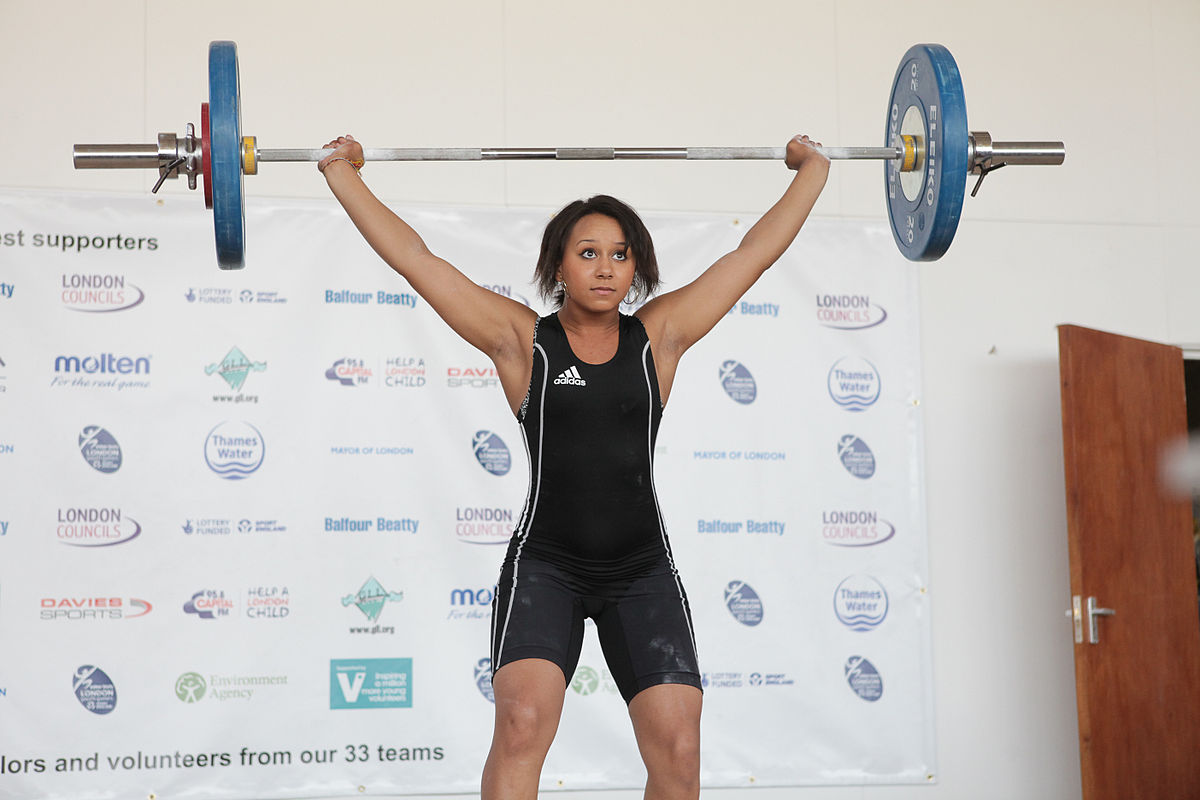
– British weightlifter, Zoe Smith –
Women take up weightlifting with all sorts of goals and there’s no doubt that should you be looking to lose weight, lifting can help you do that. However, at most CrossFit gyms, you’ll seldom hear women discussing the weight they have lost – you’re more likely to hear them complimenting each other for the muscle, strength and skills they have gained. For me, there’s a huge difference between the two. Rather than focusing on losing weight, on depleting ourselves, on becoming less than, and fading into the background, the goal for many women who lift is to gain in muscle and therefore in strength and power and confidence. If that involves gaining weight as well then so be it – the overwhelming focus is on what we can do, rather than the number on the scales. That change in my outlook, combined with the wonderfully supportive community I’ve found in the women I’ve met at the gym, has got to be the most valuable benefit of all. I have trained with women of all ages from students to grandmas, from super-talented athletes to those at the very beginning of their fitness journeys. I’ve trained alongside women who are dedicated to pursuing their goals despite illnesses, injuries and all manner of personal problems, and pregnant women training (with the right modifications) right up until their due dates. No matter what may be going on in their own lives, they take the time to support and encourage each other, to spur each other on and push each other to reach their goals.
There is a joke I’ve heard which goes something like this:
Q. ‘How do you know if someone does CrossFit?’
A. ‘You’ll know because it’s all they talk about.’
Given that I’ve just spent 1500 words discussing it, I can’t deny there is a grain of truth in that, and I know that many people dislike CrossFit for that reason, describing it as a ‘cult’ and worse. While the last thing I want is to be ‘that annoying CrossFit person’, I cannot deny the positive impact that it’s had on my life. I am fitter and healthier than I have ever been, both physically and mentally. I am more confident in my looks and even more so in my abilities. I have also met some inspirational women and lifelong friends through CrossFit, two of whom were even bridesmaids at my wedding.
Maybe best of all, I’ve found that I do have that mental strength that I always hoped I’d uncover.While I’m never likely to win any competitions, the last time I competed, I did win a prize that I like to joke was called the ‘Hardest Trier’ award. That day, under pressure, in front of a large crowd of spectators, I managed to lift a weight heavier than I had ever attempted before. After two failed attempts, the barbell finally flew through the air, weightless, and I locked my arms above my head, triumphant. Standing there for a few seconds, I looked around the room and soaked up the moment, as my friends clapped and cheered like I had just set a new world record.
Lifting weights makes me feel like a powerful woman, and that’s a feeling that I cherish. I would encourage any woman to give it a try, but whether or not you do, I hope that you find something that gives you that feeling. It has changed my life.

